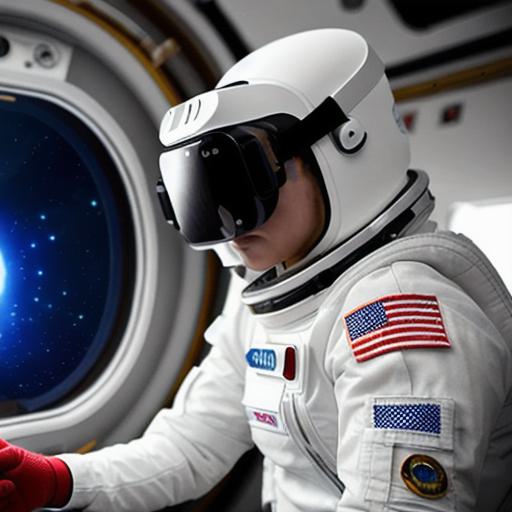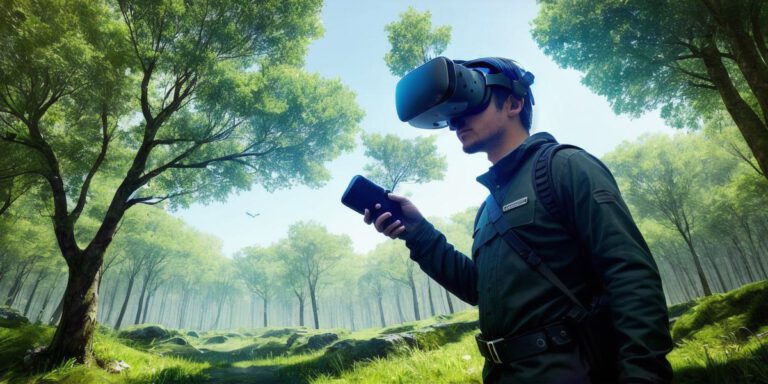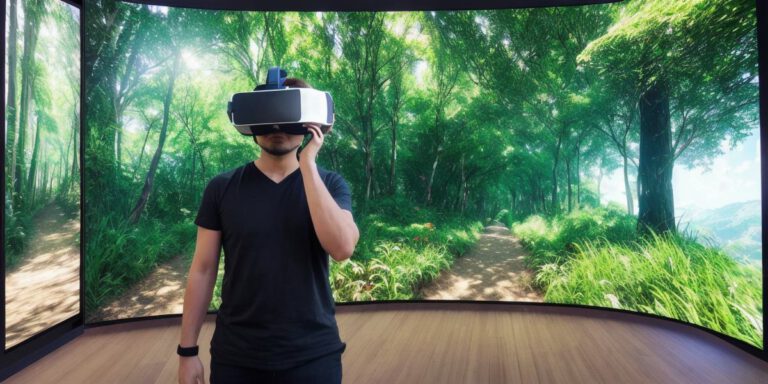“Why NASA Uses VR: Benefits and Applications”

Virtual Reality (VR) is a rapidly growing technology that has the potential to revolutionize many industries, including aerospace. In recent years, NASA has been using VR to simulate space missions and test new technologies in a safe and controlled environment. In this article, we will explore why NASA uses VR, the benefits of using this technology, and some of the applications of VR in space exploration.
NASA’s use of VR can be traced back to the early days of space exploration. The first use of VR by NASA was in 1968, when astronauts used a stereoscopic headset to simulate a lunar landing. Since then, NASA has continued to use VR for a variety of purposes, including training astronauts, designing new spacecraft, and testing new technologies.
One of the main benefits of using VR in space exploration is that it allows scientists and engineers to simulate complex scenarios in a safe and controlled environment. For example, NASA uses VR to simulate the experience of walking on the moon or exploring other planets. This allows astronauts to gain valuable experience and knowledge without putting their lives at risk.

Another benefit of using VR is that it allows for more efficient and cost-effective training. Traditional space exploration training can be expensive and time-consuming, requiring astronauts to spend months in space or undergo extensive simulation training. With VR, however, astronauts can train in a virtual environment that closely resembles the real thing, allowing them to gain valuable experience and knowledge in a fraction of the time.
In addition to training, VR also has a number of applications in space exploration. For example, NASA uses VR to design new spacecraft and test new technologies before they are built and launched into space. This allows scientists and engineers to identify potential problems and make adjustments before they occur, saving time and money in the long run.
One of the most exciting applications of VR in space exploration is its use in deep space missions. NASA has used VR to simulate the experience of exploring other planets and moons, allowing astronauts to gain a better understanding of what it would be like to explore these environments in real life.
In conclusion, there are many reasons why NASA uses VR, including its ability to simulate complex scenarios in a safe environment, improve training efficiency, and design new technologies. As this technology continues to evolve, we can expect to see even more exciting applications of VR in space exploration in the future. Whether you are a virtual reality developer or simply interested in space exploration, there is no doubt that NASA’s use of VR is an exciting development that will have far-reaching implications for the future of space exploration.








